"As parents seek the best for their children's education, the attractiveness of Singapore's excellent system sparks comparisons with other global educational giants."

Education plays a pivotal role in shaping the future of nations and equipping individuals with the knowledge and skills necessary for success. You may be wondering if your child is getting the best education there is, or if you need to make a leap of faith to live somewhere else.
Singapore, known for its outstanding education system, stands as a shining example of educational excellence. In this article, we will compare Singapore’s education system with other renowned education systems around the world. By examining key aspects such as curriculum, teaching methods, and student outcomes, we will gain insights into the strengths and potential areas for improvement of each system.
Academic Rigour: Singapore
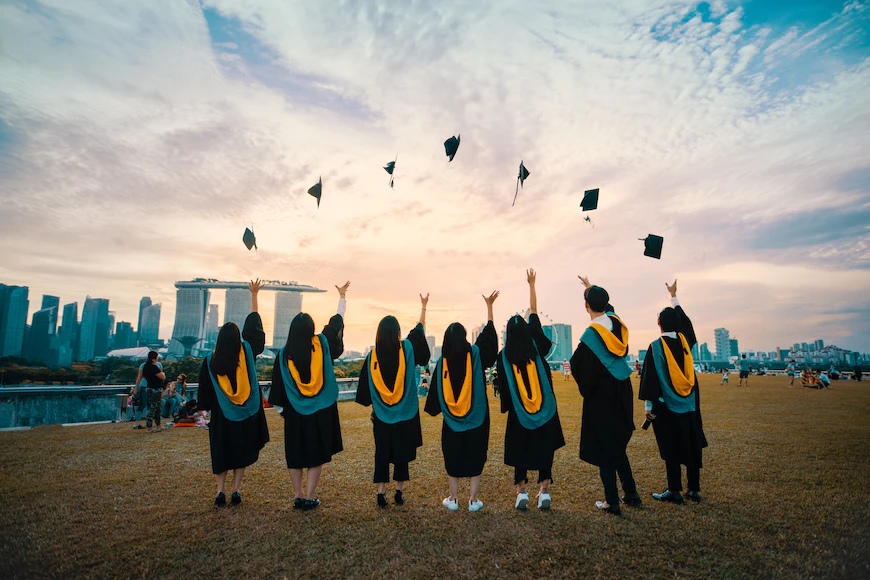
Singapore’s education system is highly regarded for its rigorous curriculum. The country’s emphasis on core subjects such as mathematics, science, and languages provides students with a solid foundation in essential academic disciplines. In addition, the curriculum is structured, and students are guided through a carefully sequenced learning journey. Furthermore, Singapore places significant importance on critical thinking and problem-solving skills, fostering a culture of academic excellence. As a result, Singaporean students consistently perform exceptionally well in international assessments such as the Programme for International Student Assessment (PISA).
Academic Rigour: Singapore vs Finland & Japan
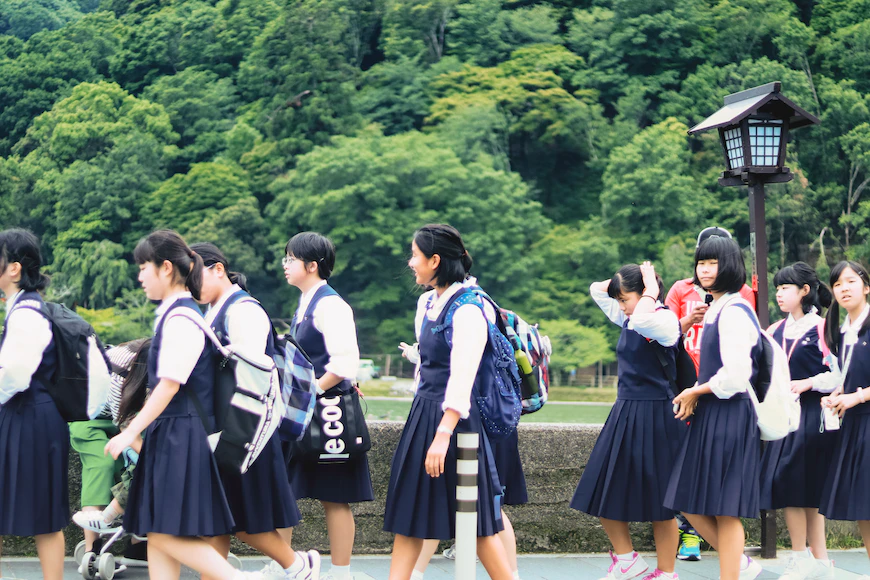
In contrast, countries like Finland and Japan also prioritise academic rigour but adopt a more holistic approach to education. Finland, for example, focuses on fostering creativity, independent thinking, and a love for learning rather than rigid academic standards. Similarly, Japan’s education system emphasises a well-rounded education that includes art, music, and physical education alongside academic subjects. These approaches recognize the importance of developing the whole child and nurturing a diverse range of talents.
Teaching Methods and Pedagogical Approaches: Singapore

Singapore’s education system places a strong emphasis on teacher-led instruction and mastery of content. Teachers must all complete a teaching diploma in The National Institute of Education (NIE) and over 80% of them hold a bachelor’s degree. Teachers in Singapore are highly trained and knowledgeable, using a variety of teaching methods such as direct instruction and guided practice to impart knowledge and skills to students. Additionally, the use of standardised assessments helps monitor student progress and identify areas for improvement. The system’s efficiency and focus on academic achievement contribute to its success.
Teaching Methods and Pedagogical Approaches: Singapore vs Finland & Sweden
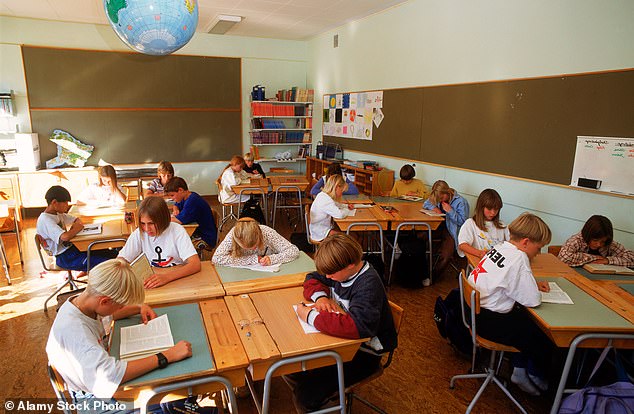
In contrast, countries like Finland and Sweden emphasise student-centred approaches to teaching and learning. Finnish teachers must all hold masters degrees in education, equivalent to a full 5 years of training. The Finnish system lays out a general set of directions to teachers for teaching the curriculum in contrast to the more rigid ones set in Singapore. This allows for the teachers in Finland to exercise some freedom in the way they structure their lessons while teachers in Singapore can be more concerned about sticking to directions given.The Finnish and Swedish systems prioritise student autonomy, active learning, and collaborative problem-solving. Teachers in Finland, for instance, act as facilitators, guiding students through self-directed projects and encouraging critical thinking. This approach promotes creativity, individuality, and intrinsic motivation among students.
Comparing Student Outcomes and Well-being
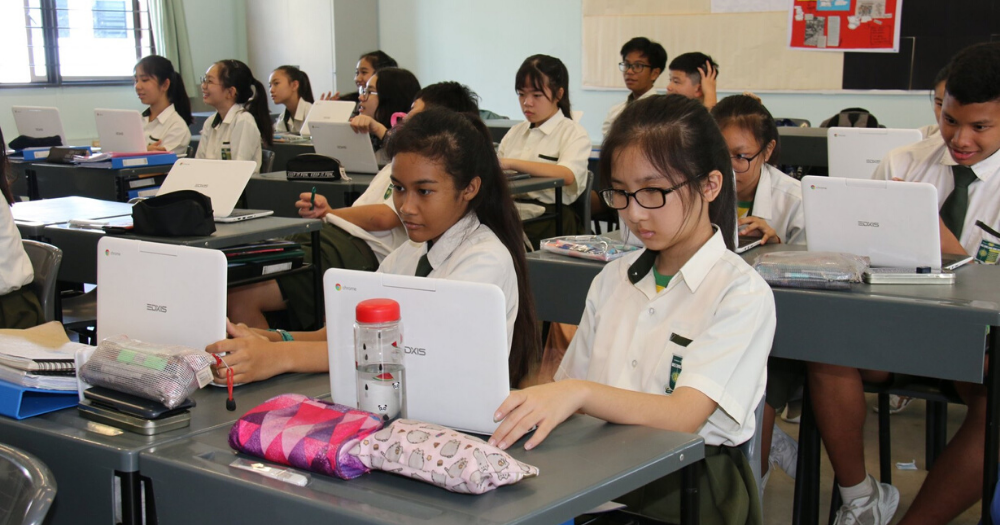
Singapore’s education system is renowned for producing high-achieving students with strong academic performance. The emphasis on academic excellence and rigorous assessments ensures that Singaporean students are well-prepared for future endeavours, particularly in the fields of science, technology, engineering, and mathematics (STEM). Singapore’s education system has contributed significantly to the country’s economic success and global competitiveness.
However, it is worth noting that the intense pressure to excel academically can sometimes take a toll on students’ well-being. The high-stakes nature of examinations and heavy workload may lead to increased stress levels and a lack of work-life balance. Truth be told, this phenomenon is more of an issue because of Singapore’s ‘kiasu’ culture than anything else. Singapore’s Ministry of Education consistently takes steps to improve academic programmes such as via subject based banding which is being fully rolled out in 2024. Read more on this at: https://curio.sg/1491-no-more-boring-classes-singapores-students-get-to-learn-their-own-way/
In comparison, education systems like those in Finland and Denmark have been prioritising student well-being, focusing on promoting a healthy balance between academics, play, and social-emotional development for many decades now. In Finland in particular, many schools and kindergartens structure learning around play and abolish tests. Play is often unstructured, which leads to children exploring their curiosity and discovering their own paths to learning. This approach fosters a supportive and nurturing learning environment.
In conclusion, Singapore’s education system stands as a formidable model of academic rigour and excellence. Its focused curriculum, teacher-led instruction, and emphasis on academic achievement have yielded outstanding student outcomes. However, the system could benefit from incorporating more student-centred approaches and prioritising student well-being. By comparing Singapore’s education system with other world-class systems, we can glean valuable insights and strive for a more holistic and balanced approach to education that prepares students not only for academic success but also for personal growth and fulfilment.
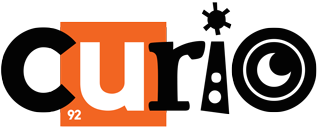
Leave a Reply